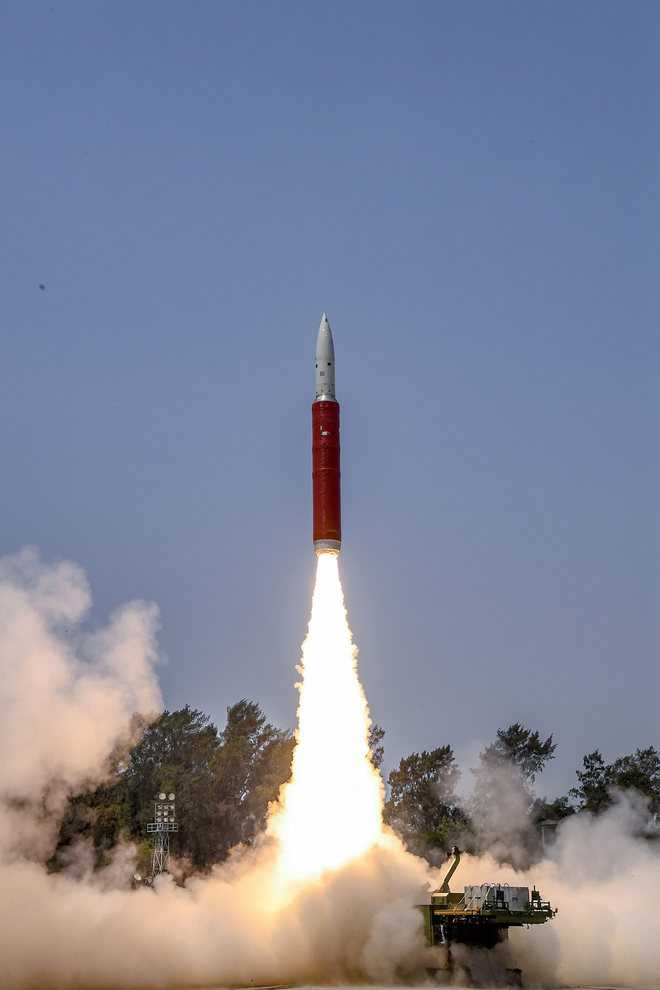ASATs (Anti-Satellite Weapons) are aimed at destroying or disabling space assets, whether military or civilian, offensive or defensive, according to a document of the United Nations Institute for Disarmament Research (UNIDIR). They are generally of two types: kinetic and non-kinetic.
Kinetic ASATs: They must physically strike an object in order to destroy it. Examples of kinetic ASATs include ballistic missiles, drones that drag an object out of orbit or detonate explosives in proximity to the object, or any item launched to coincide with the passage of a target satellite. This means any space asset, even a communications satellite, could become an ASAT if it is used to physically destroy another space object.
Non-kinetic ASATs: A variety of nonphysical means can be used to disable or destroy a space object. These include frequency jamming, blinding lasers or cyberattacks. These methods can also render an object useless without causing the target to break up and fragment absent additional forces intervening. In 2018, the UNIDIR proposed three ASAT test guidelines. Under the ‘No Debris’guideline, if an actor wishes to test ASAT capabilities, they should not create debris. — PTI
Rare, high-tech, and risky to test
ASAT is an anti-satellite weapon that can target enemy satellites — blinding them or disrupting communications — besides providing a technology base for intercepting ballistic missiles
US first to do it 60 yrs ago
1959: The US performs first anti-satellite tests; Bold Orion, designed as N-tipped missile re-purposed to attack satellites, launched from a bomber
1960s: The Soviet Union performs similar tests; tests a weapon that could be launched into orbit, approach enemy satellite and destroy it
1985: US tests ASM-135, launched from an F-15 jet, destroys US satellite; there were no tests for more than 20 years; in 2008, US uses ship-launched missile to destroy a defunct spy satellite
2007: China enters anti-satellite arena by destroying an old weather satellite in a high, polar orbit. The test created the largest orbital debris cloud in history, with over 3,000 objects
PROBLEM OF DEBRIS
- Debris from anti-satellite tests can create problems for other satellites and spacecraft in orbit, as tiny bits of junk whiz through space many times faster than a rifle bullet
- The International Space Station, for example, regularly tweaks its orbit to avoid debris of all kinds
- China’s test in 2007 is considered the most destructive
- Because the impact took place at an altitude of more than 800 km, many of the resulting scraps stayed in orbit
- The US test in 2008 did not create as much orbital debris, and because it was at a lower altitude, atmospheric drag caused much of it to fall toward Earth and burn up — Reuters
Unlock Exclusive Insights with The Tribune Premium
Take your experience further with Premium access.
Thought-provoking Opinions, Expert Analysis, In-depth Insights and other Member Only Benefits
Already a Member? Sign In Now











